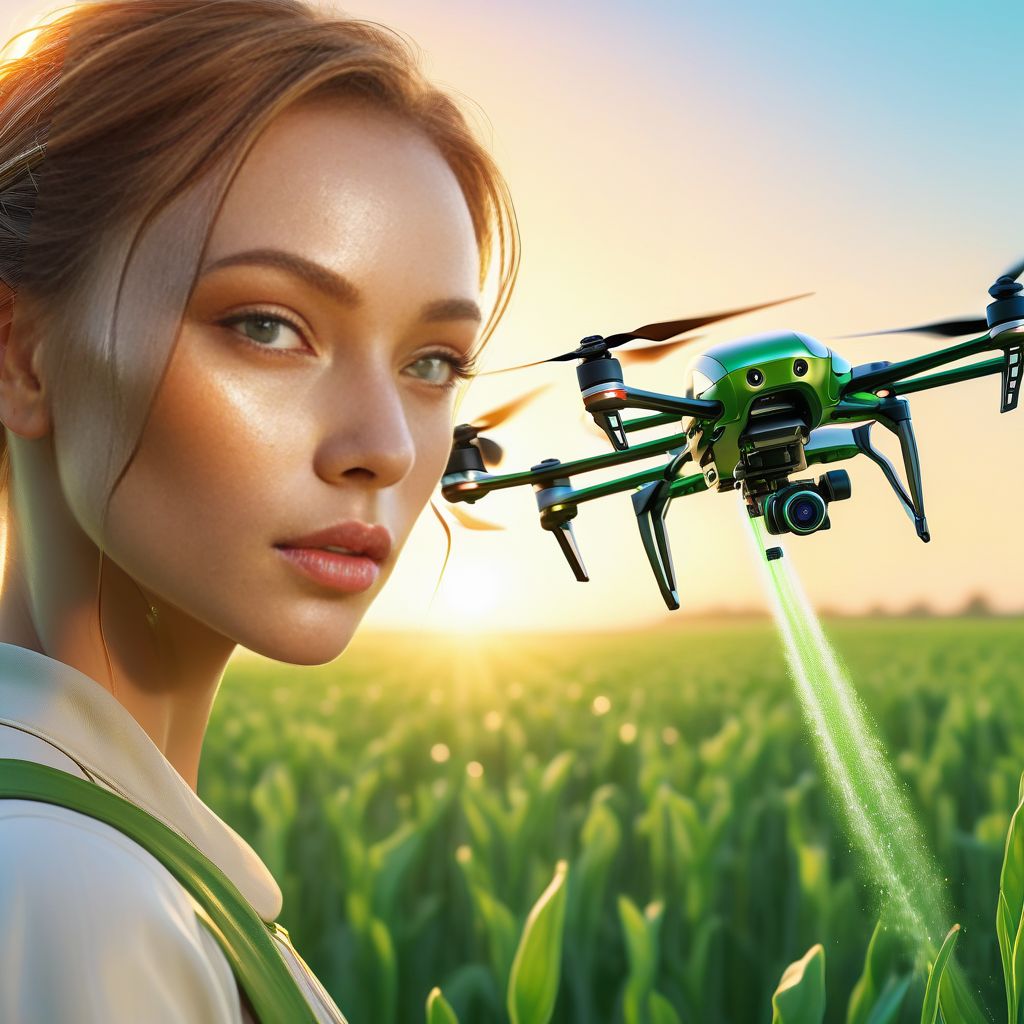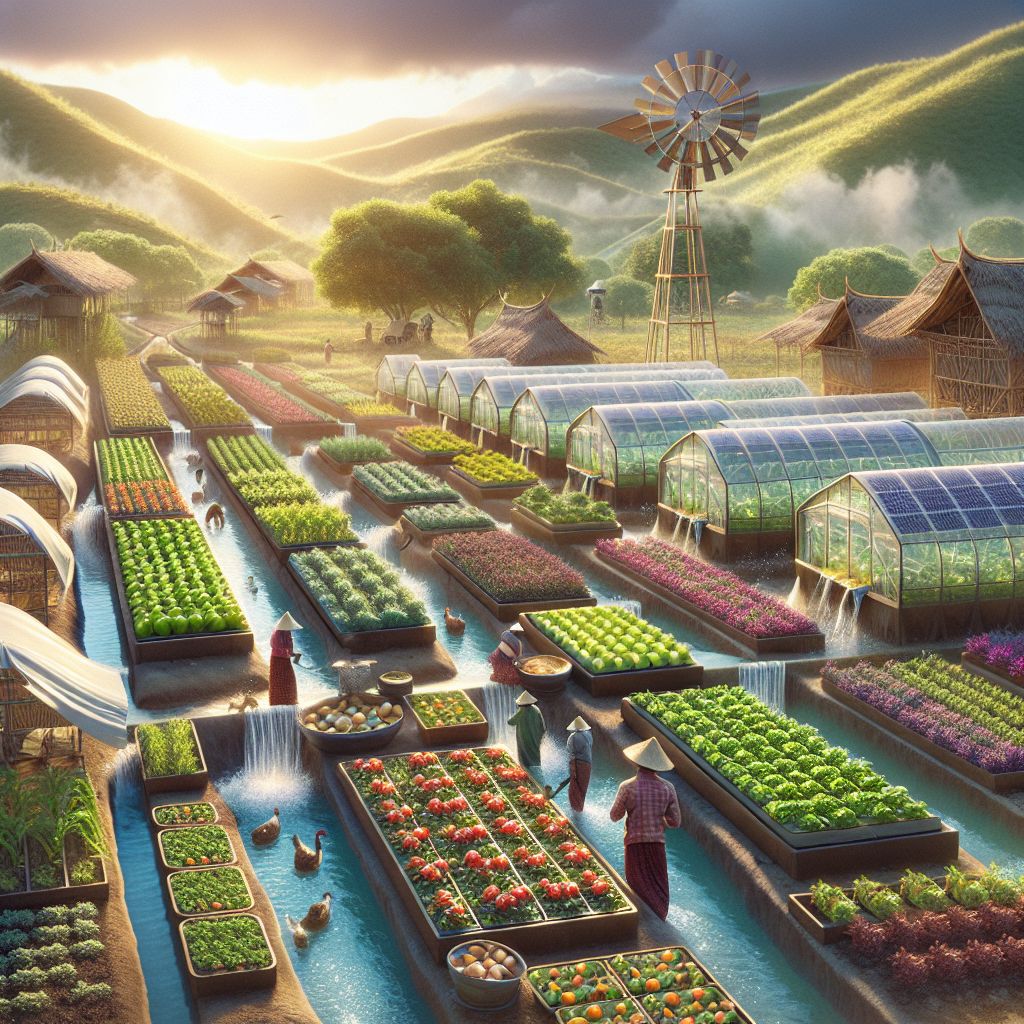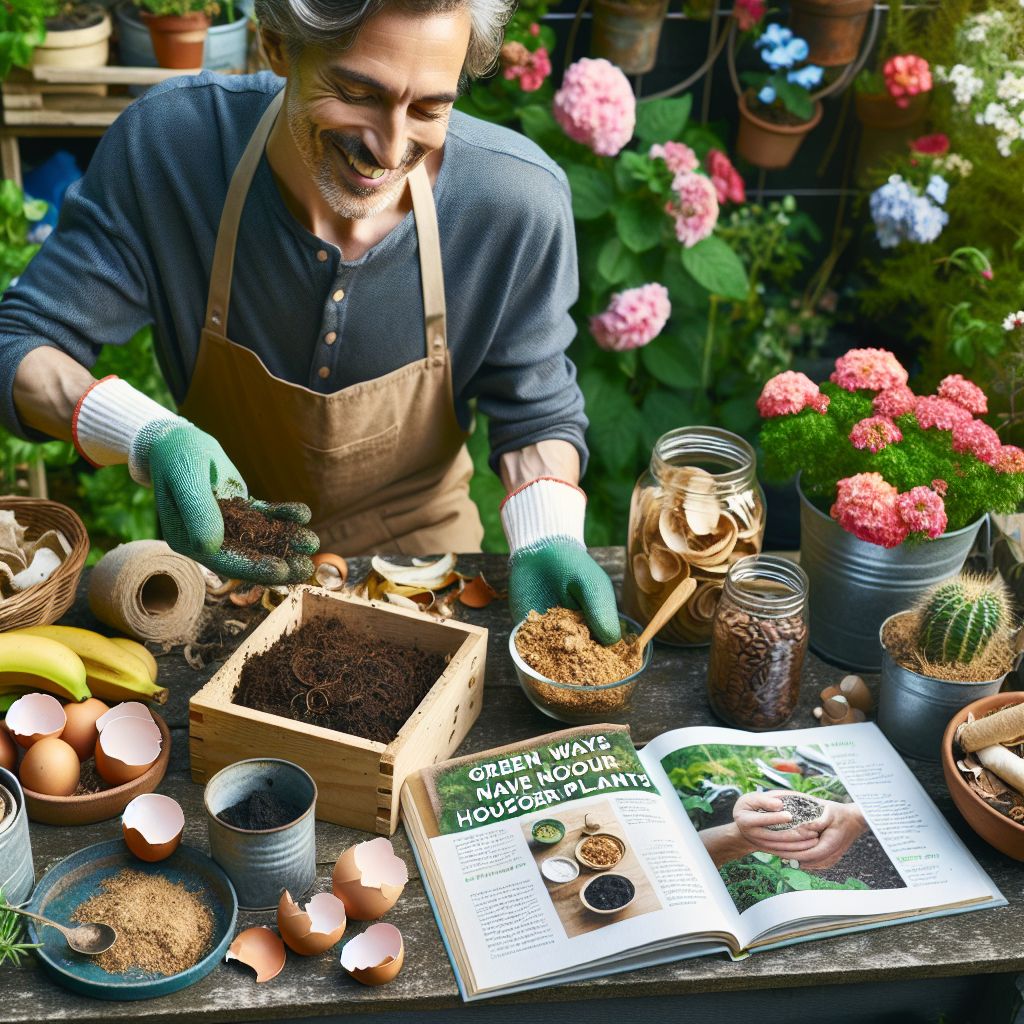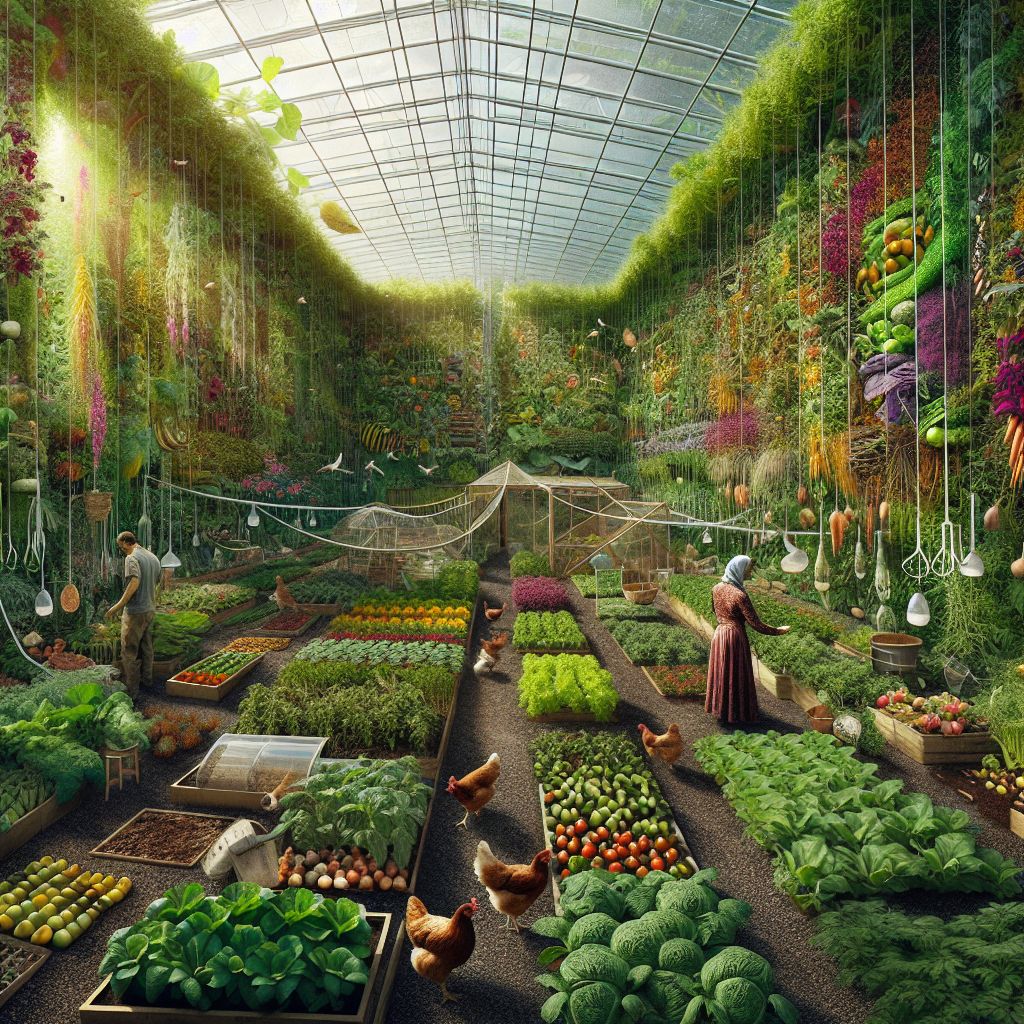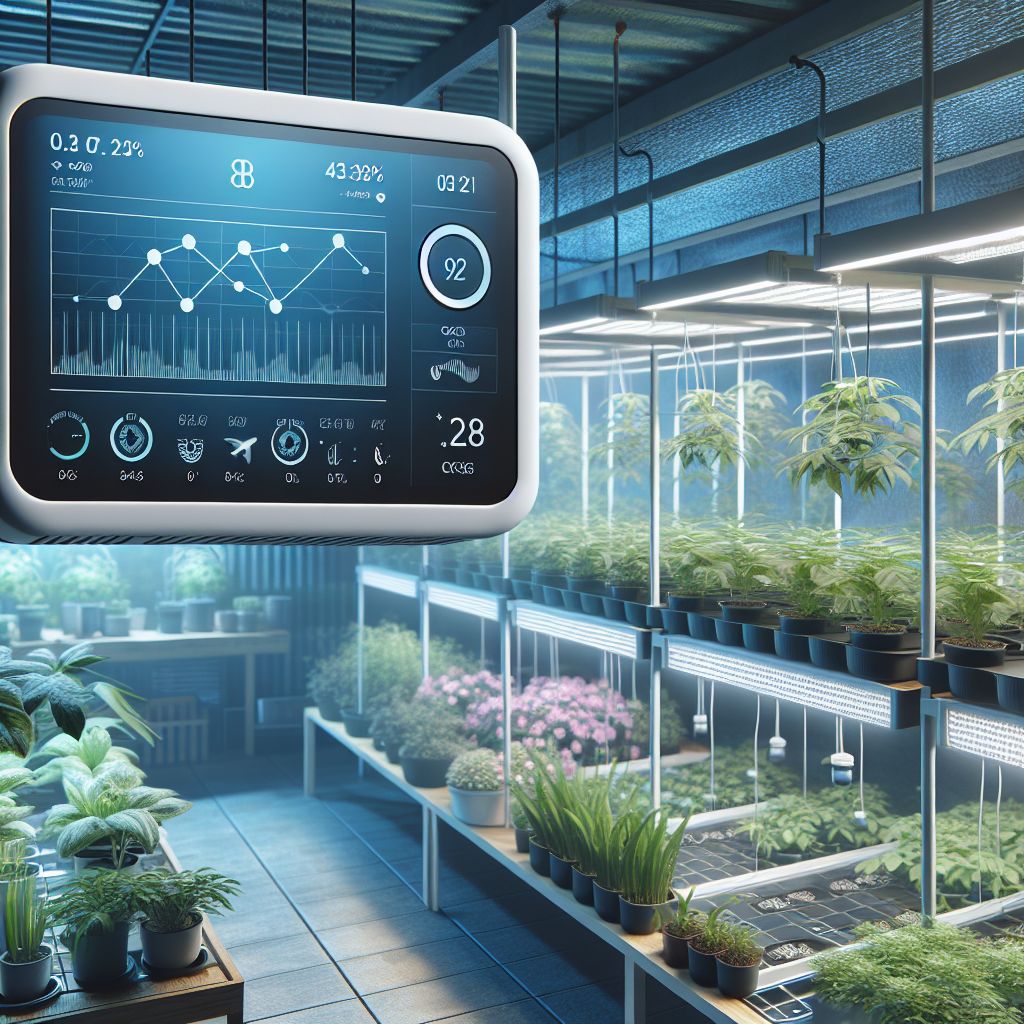Key Takeaways
-
Automated greenhouses use technology to control environmental factors, leading to higher yields and sustainable farming.
-
Key components include climate control systems, automated irrigation, and energy-efficient lighting.
-
Smart farming solutions enable better crop monitoring and data-driven decisions.
-
Automation can be cost-effective even for small-scale farmers and can be adapted to various crops.
-
Future advancements in greenhouse technology promise even greater efficiency and sustainability.
Unlock the Power of Automation in Your Greenhouse
For those who are new to the concept, automated greenhouse technology refers to the systems that manage the growing environment without the need for constant human intervention. Think of it as a smart assistant that ensures your plants are getting exactly what they need, when they need it. This technology includes a range of tools and systems that control everything from temperature to humidity to light levels, all tailored to create the perfect conditions for plant growth.
The Core Elements of Advanced Automated Greenhouse Technology
At the heart of any automated greenhouse are a few critical systems:
-
Climate control systems that adjust temperature and humidity to the ideal levels.
-
Automated irrigation systems that deliver the right amount of water at the right time.
-
LED lighting that provides energy-efficient light, mimicking the spectrum of natural sunlight.
These core elements work in harmony to create an environment that can significantly boost plant growth while conserving resources—a win-win for the planet and your pocketbook.
Top Smart Farming Solutions for Optimal Crop Management
Now, let’s talk about some of the top solutions that you can integrate into your greenhouse:
-
Sensors that monitor soil moisture and nutrient levels, ensuring plants get what they need without waste.
-
Data analytics platforms that interpret sensor data and help you make informed decisions about crop management.
-
Automated pest control systems that detect and manage pests without harmful chemicals.
By incorporating these smart farming solutions, you’re not just growing crops, you’re nurturing a thriving ecosystem that can sustain itself with minimal input.
Revolutionizing Agriculture with Advanced Automation
Advanced automation is revolutionizing agriculture in ways we’ve never seen before. It’s about more than just convenience, it’s about increasing the efficiency and sustainability of our food systems. With the global population rising and the pressure on resources mounting, these innovations aren’t just nice to have—they’re essential for the future of farming. Learn more about machine and deep learning strategies for crop yield prediction in agriculture.
Revolutionizing Agriculture with Advanced Automation

“Smart Technology for Managing a Family …” from bestagriculture.org
Automated Climate Control Systems
Climate control is the cornerstone of a successful automated greenhouse. These systems ensure that regardless of what’s happening outside, your plants are enjoying perfect growing conditions. They adjust temperature, control humidity, and even tweak CO2 levels to promote optimal plant growth. Most importantly, they do this while conserving energy, thanks to smart algorithms that learn and adapt to the needs of your plants.
Self-Regulating Irrigation Technologies
Water is a precious resource, and automated irrigation systems make every drop count. These systems use sensors to determine the moisture levels in the soil and deliver water precisely when and where it’s needed. The result? Healthier plants, less water waste, and a lower water bill. Besides that, these systems can also be integrated with nutrient delivery, ensuring your plants get a balanced diet without any excess.
Energy-Efficient LED Lighting Strategies
Light is life for plants, and LED lighting systems provide it in the most efficient way possible. These lights can be tuned to the specific wavelengths that plants use for photosynthesis, which means they’re not just better for the environment—they actually promote faster, healthier growth. Energy-efficient LED lighting strategies ensure your plants get the right amount of light without racking up high energy costs.
For example, a greenhouse in the Netherlands has implemented LED lighting to extend the growing season of its tomatoes, resulting in a 20% increase in yield without any additional heat requirements.
This is just the beginning. In the next sections, we’ll explore how these technologies come together to create smart, self-regulating farms that are not only more productive but also more sustainable. Stay tuned as we dive deeper into the smart approach to farming and how you can implement these innovations for better yields and a brighter agricultural future.
Intelligent Crop Monitoring with Sensors
Keeping a close eye on your crops is crucial, and that’s where intelligent sensors come in. These tiny guardians collect data on soil moisture, nutrient levels, and more. They’re like the pulse monitors for your plants, always checking to make sure everything is just right. With sensors, you can catch potential issues early, like a drop in moisture that could signal a need for more water, or a nutrient imbalance that needs correcting.
Data-Driven Decision Making in Agriculture
Data is a powerful tool in modern farming. With the information gathered by sensors, farmers can make decisions that are based on solid evidence, not just gut feelings. This data-driven approach leads to smarter, more precise farming methods. It’s about understanding the language of your plants and responding in the most effective way possible. When you farm with data, you’re farming with the future in mind.
Implementing Automation for Better Yields
To get the most out of your automated greenhouse, you need to start with a plan. Identify the needs of your crops and the specific challenges of your environment. Then, choose the technology that addresses those needs. It’s about creating a tailored solution that works for your unique situation. The right combination of automation can lead to better yields, healthier plants, and a more resilient farming operation.
Most importantly, remember that technology is a tool, not a replacement for knowledge. Understand the basics of plant biology and greenhouse management, and then use technology to enhance your natural skills. When you do that, you’ll find that your yields aren’t just better—they’re consistently better, year after year.
Therefore, it’s not just about buying gadgets and hoping they work. It’s about integrating technology into your farming practice in a way that makes sense. That’s how you achieve the kind of sustainable growth that will feed the world for generations to come.
Step-by-Step Guide to Greenhouse Automation Setup
Ready to dive into automation? Here’s a step-by-step guide to get you started:
-
Assess your needs: What do your plants need to thrive? More consistent watering? Better climate control?
-
Research your options: Look for systems that have a proven track record and fit your specific requirements.
-
Plan your budget: Determine what you can afford to spend and where you’ll get the best return on your investment.
-
Install your systems: Whether you’re doing it yourself or hiring a professional, make sure everything is set up correctly.
-
Monitor and adjust: Keep an eye on how your new systems are performing and make adjustments as needed.
With these steps, you’ll be well on your way to creating a greenhouse that’s not just automated, but optimized for success.
Mitigating Common Challenges in Automated Farms
Even the best technology can run into issues. Here are some common challenges you might face with automated farms and how to overcome them:
-
Technical glitches: Keep a regular maintenance schedule and have a tech-savvy person on call.
-
Power outages: Consider backup power sources like generators or solar panels to keep your systems running.
-
Data overload: Use software that can help you analyze and make sense of the information your sensors collect.
By being prepared for these challenges, you’ll ensure that your automated greenhouse can weather any storm.
Take the story of a lettuce farm in California that switched to automated irrigation. They reduced their water use by 30% and saw a significant increase in the size and quality of their lettuce heads. This is a prime example of how tackling challenges head-on can lead to success.
Real-World Success: Case Studies
Let’s look at some real-world examples of automated greenhouse technology in action:
Tomato Cultivation with Automated Systems
In the south of Spain, a tomato farm has embraced automation to incredible effect. They use climate control systems to maintain the perfect temperature, automated irrigation to keep their plants hydrated, and data analytics to optimize their nutrient delivery. The result? A 25% increase in their tomato yield and a reduction in resource usage.

Vertical Farming Innovations in Urban Environments
Vertical farming is taking off in urban areas where space is at a premium. In Tokyo, a vertical farm uses automated systems to grow lettuce and herbs without soil. LED lighting and hydroponic systems are controlled by computers to ensure each plant gets exactly what it needs. This farm produces 10,000 heads of lettuce a day, using 40% less power, 80% less food waste, and 99% less water than outdoor fields.
What’s Next? Keeping Pace with Agricultural Innovations
The future of farming is bright, and it’s teeming with technological advancements. As we continue to innovate, we’ll see automated systems become even more intelligent, more efficient, and more integrated into the fabric of agriculture.
Emerging Trends in Automated Greenhouse Technology
Here are some of the trends to watch:
-
AI and machine learning that can predict plant needs and adjust systems accordingly.
-
Robotics that can assist with harvesting and plant care, reducing the need for manual labor.
-
Advanced sensors that can detect plant diseases before they become visible to the human eye.
These trends aren’t just exciting—they’re game changers. They represent the next leap forward in our quest to create a sustainable agricultural system that can support a growing world population. And by staying informed and adaptable, we can all be part of this incredible journey.
Mastering Automation for Future Farming Success
As we embrace the era of smart farming, mastering automation is not just about adopting new technologies, it’s about understanding and leveraging them to create a sustainable and prosperous future for farming. The journey towards mastering greenhouse automation is ongoing, and those who are proactive and adaptable will lead the charge in this agricultural revolution.
Success in automated farming requires a balance between technology and traditional farming wisdom. It’s about augmenting your expertise with tools that save time, reduce waste, and increase efficiency. By doing so, you not only future-proof your farming operations but also contribute to a more sustainable form of agriculture that benefits us all.
-
Start small and scale up: Begin with one or two automated systems and expand as you become more comfortable and see the benefits.
-
Stay informed: Keep up with the latest developments in automated greenhouse technology to ensure you’re using the best tools available.
-
Share knowledge: Collaborate with other farmers to share insights and experiences with automation. Together, you can learn and grow.
Embracing automation in your greenhouse is a bold step towards a more efficient and sustainable future. It’s a commitment to better yields, healthier crops, and a healthier planet. And as you master these technologies, you’ll find that the benefits extend far beyond your own fields, contributing to a global movement towards smarter, more responsible farming.
Remember, the ultimate goal of automation is not to replace the farmer but to empower them. With the right tools and knowledge, you can achieve levels of productivity and sustainability that were once unimaginable. And that’s something worth striving for.
Frequently Asked Questions (FAQ)
In this section, we’ll address some common questions about automated greenhouse technology and smart farming solutions to provide clarity and guidance for those interested in this innovative approach to agriculture.
How Can Automation Increase Crop Yields and Quality?
Automation can dramatically increase crop yields and quality by providing consistent, optimal growing conditions. Automated systems ensure plants receive the precise amount of water, nutrients, and light they need, reducing stress and promoting healthier, more vigorous growth. This leads to higher yields and better-quality produce.
Furthermore, automation reduces the margin for human error, ensuring that the care of plants is not dependent on manual labor alone. With the constant monitoring and adjustments made by automated systems, plants can flourish in an environment tailored specifically for their success.
Is Automation in Greenhouses Cost-Effective for Small Farmers?
While the initial investment in automation technology may seem daunting, it can be cost-effective for small farmers in the long run. Automation can lead to significant savings on water, energy, and labor costs. Over time, these savings can offset the initial costs of installing automated systems.
Additionally, many governments and agricultural organizations offer grants and subsidies to support the adoption of sustainable farming practices, including automation. Small farmers can take advantage of these financial incentives to make the transition more affordable.
What Types of Crops Benefit Most From Automated Tech?
High-value crops like tomatoes, cucumbers, and peppers, as well as herbs and leafy greens, often see the greatest benefits from automated greenhouse technology. These crops thrive in controlled environments where conditions can be fine-tuned to meet their specific needs.
However, it’s not just about the type of crop, it’s also about the scale and goals of your operation. Automation can benefit a wide range of crops and farming practices, from small organic farms to large-scale commercial greenhouses.
Each crop has unique requirements, and automated systems can be customized to meet those needs, resulting in healthier plants and higher yields across the board.
How Does Automated Technology Impact Sustainability in Farming?
Automated technology has a profound impact on sustainability in farming. By optimizing resource use and reducing waste, automated systems make farming practices more environmentally friendly. For instance, the integration of Arduino greenhouse automation systems contributes to sustainability by providing precise control over the farming environment. Here are some of the ways automation contributes to sustainability:
-
Efficient water usage: Automated irrigation systems deliver water directly to the roots of plants, minimizing evaporation and runoff.
-
Energy conservation: Smart climate control and LED lighting use less energy, reducing the carbon footprint of the greenhouse.
-
Reduced chemical use: Precision application of nutrients and pest control measures lowers the need for fertilizers and pesticides.
By improving the efficiency of these key areas, automated greenhouses can produce more food with less impact on the environment, making them a cornerstone of sustainable agriculture.
Can Old Greenhouses Be Retrofitted with Automation Tech?
Yes, old greenhouses can certainly be retrofitted with automation technology. Many automation systems are designed to be modular and scalable, meaning they can be installed in stages and adapted to existing structures. Retrofitting an old greenhouse with new technology can breathe new life into it, extending its usability and increasing its productivity.
When retrofitting, it’s important to work with experienced professionals who can help assess the structural and environmental conditions of your greenhouse and recommend the most suitable technologies. With the right approach, even the oldest greenhouses can join the ranks of modern, automated farming operations.

